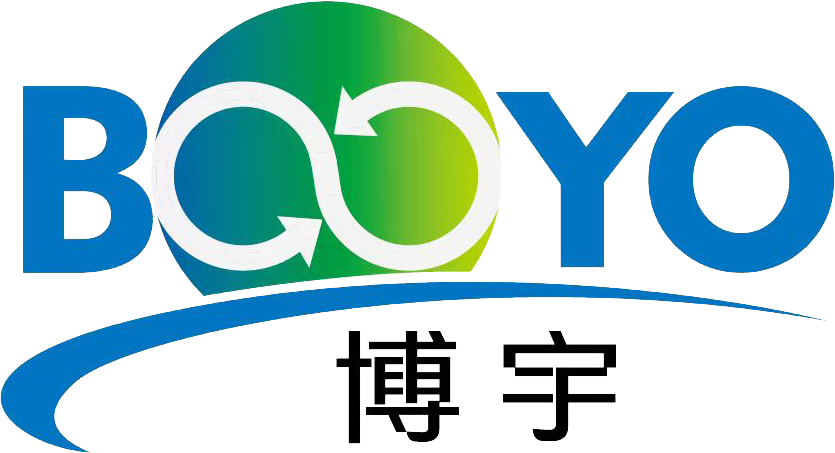
Our News
Find out about our latest news here.
Latest News
- ▶ High-Efficiency Surface Condenser Solutions:
- ▶ Health, Safety and Environment (HSE) Policy
- ▶ Conflict-of-Interest Policy
- ▶ Can a Welded Spiral Heat Exchanger Solve Fouling and Blockage Problems?
- ▶ Anti-Bribery and Corruption (ABC) Compliance Policy
- ▶ The Critical Role and Application of Heat Exchangers in the Natural Gas Treating Process
Message
TEMA Classification: The Three-Letter Code
Each TEMA-type heat exchanger is identified by a three-letter code that designates the configuration of its:
Front Head (first letter)
Shell (second letter)
Rear Head (third letter)
Each letter represents a specific construction style for that section of the heat exchanger. Different combinations are used for different operating conditions such as thermal expansion, ease of cleaning, or pressure drop constraints.
Front Head Types
The front head is where the tube-side fluid enters the exchanger. The choice of front head type affects maintenance accessibility and cost.
A: Channel with removable cover – easy to clean and maintain
B: Bonnet (non-removable) – more compact, less expensive
C: Integral cover – compact, suited to small units
D: Special closure (used with floating tubesheets)
N: No front head – rare and used in special applications
Shell Types
The shell defines how the shell-side fluid flows. It affects thermal performance and pressure drop.
E: One-pass shell – most commonly used
F: Two-pass shell – improves heat transfer by reversing flow
G: Split flow – used for special flow distribution
H: Double split flow (half shell)
J: Divided flow – reduces pressure drop
K: Multiple-pass shell – increases residence time
X: Cross flow or special asymmetric design
Rear Head Types
The rear head design affects the unit’s ability to accommodate thermal expansion and whether the shell side can be cleaned.
L: Fixed tubesheet – lowest cost, but shell side is not cleanable
M: U-tube bundle – allows thermal expansion, tube side difficult to clean
N: Fixed tubesheet (alternative style)
P: Floating head – allows easy cleaning of both sides
S: Pull-through floating head – full bundle removal, suited for large units
T: Outside-packed floating head – better sealing for high pressure
Common TEMA Combinations and Applications
Why TEMA Classification Matters
The TEMA code is more than just a naming convention—it offers valuable guidance in:
Technical Communication: Enables clear discussions between designers, manufacturers, and clients
Design Optimization: Helps engineers match configurations to process needs
Maintenance Planning: Knowing the structure aids future cleaning and inspection
Cost Control: Allows trade-offs between performance and price
PROFESSIONAL CONSULTATION
If you are interested in our products and want to know more details, please leave a message here, we will reply you as soon as we can.